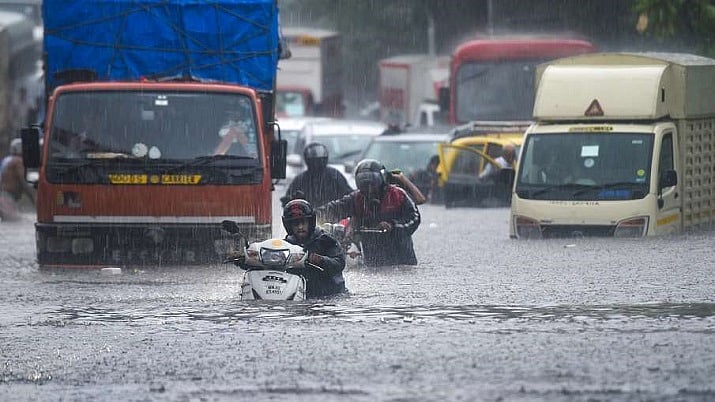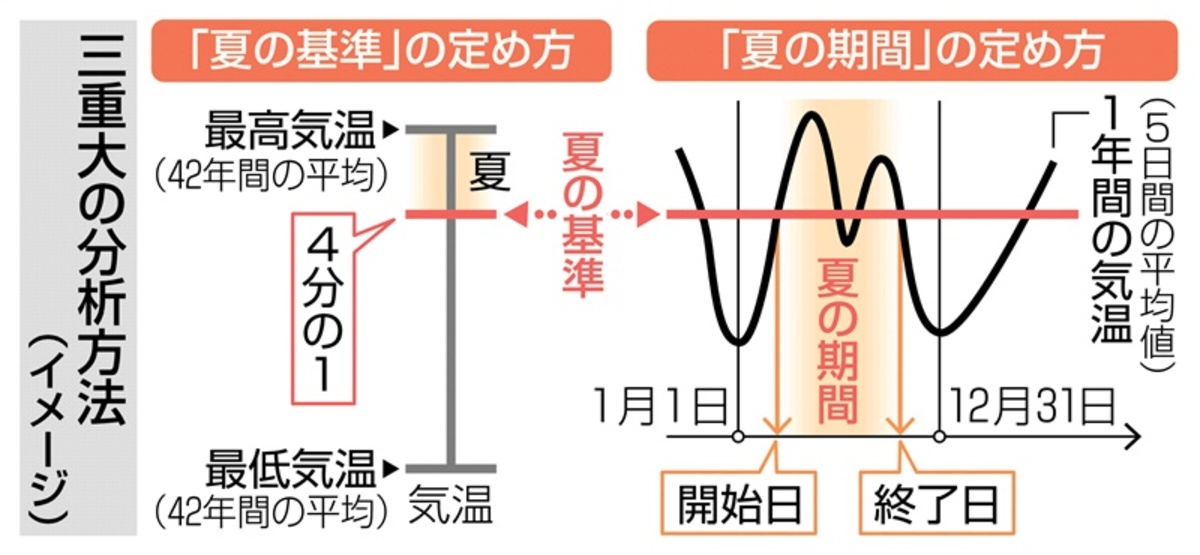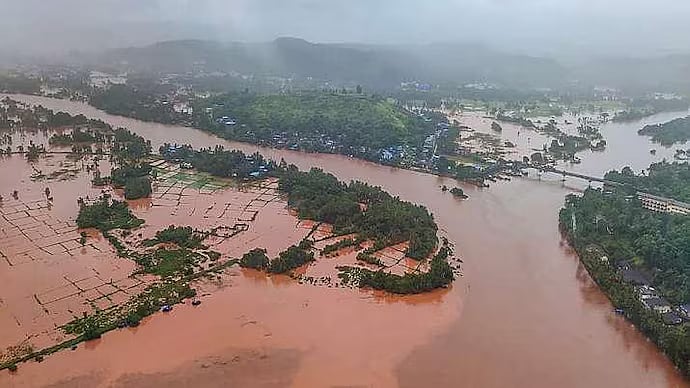When it did not stop raining even on the eve of Navratri in Mumbai, well into the third week of September, worry was writ large for many in the city. When it poured incessantly and voluminously to flood Kolkata on Mahalaya and afterward, the city struggled to stay afloat.
Virtually every major city has seen intense rain, flash floods, cloudbursts, and more this season, bringing untold devastation, adverse health and economic impacts, and misery to millions. Nearly every country has faced unprecedented urban floods this year.
Mumbai, like other cities, has been grappling with flood management plans, climate action plans, and similar initiatives for about a decade now. However, the thrust of these has been on engineering and technological solutions to combat floods, drain rainwater faster, or prevent waterlogging. Water pumps are now de rigueur across the city. Municipal authorities say this approach is working because even if waterlogging occurs from heavy rainfall, it drains out faster than it used to.
Kolkata has seen fewer such solutions. Locals say it took hours and days for rainwater from areas like Dhakuria to ebb away completely. Delhi’s flooding spots are, of course, legendary, as are those in Pune and Bengaluru. Every city, really.
This issue is not only about shifting rainfall patterns in the era of climate change—more intense rainfall over shorter durations has become the norm. Cities are also dealing with the fallout of an unsustainable building model promoted from the West and embraced worldwide.
In this model, the natural ecology of the city does not matter—hills are flattened, forests are hacked, thousands of trees are axed if they stand in the way of massive construction projects, water bodies are landfilled without a second thought, river floodplains are claimed as developable land and built upon, lakes are turned into sites of construction, and coastlines and marshlands are disregarded. All in the name of ‘development.’
There has to be another way to build or rebuild cities.
One innovative concept emerging from China is the idea of ‘sponge cities.’ Kongjian Yu, one of the world’s well-known landscape architects, has been credited with conceptualizing and popularizing the sponge city model since the 2010s. The Chinese government embraced the idea, investing heavily. In 2015-16, twenty cities were selected for pilot projects, and a systematic nationwide rollout began in 2021, now encompassing 60 “model cities” with investments running into millions of renminbi.
The record-breaking flood in Zhengzhou in 2021 fueled criticism against the sponge city approach, given that the municipality had invested the equivalent of over USD 80 million to become a sponge city. However, Yu defended the project, arguing it could not truly be called a sponge city due to the overwhelming presence of grey infrastructure.
The sponge city approach is seemingly simple—treat city surfaces as natural sponges that absorb, store, and reuse the maximum amount of rainwater to minimize flood risks. It relies on nature-based solutions, such as creating green roofs and inner-city gardens, remaking pavements and spaces with permeable surfaces for water seepage, improving river drainage, and clearing wetlands to hold rainwater or slow down runoff that causes waterlogging.
The Western media and climate circles, unsurprisingly, questioned Yu’s approach and the Chinese government’s large investments into sponge cities. It did not help that Yu was Harvard-educated. Expect this debate to resurface following Yu’s tragic death on September 24 in an air crash in Brazil.
Yu was in Brazil to participate in a conference and was filming with a crew in Pantanal, the world’s largest tropical wetland when their small aircraft crashed. But Yu’s words and philosophy will outlive him.
“It’s important to make friends with water,” he once remarked. On the sidelines of the Brazil conference, he added, “Cities must retain water, slow down water, and embrace water.”
In a sense, the sponge city concept is not only about remaking cities to absorb, store, and reuse rainwater but also asks cities to rethink their relationship with water itself. Currently, this relationship is typically limited to a purely utilitarian one — usable water is often brought from rural areas many kilometers away, while urban areas brace and build against floods.
Even coastal cities like Mumbai, Kolkata, and Chennai have a skewed relationship with their water bodies and water—and, by extension, rainfall. “Making friends with water” and embracing it might be a way forward.
The sponge city concept is neither uniquely Chinese nor new to India. Traditionally, Indian communities learnt to live with water and its fury for ages. For example, the Koli community in Mumbai knows how to read the sea and its many moods.
But the concept is a timely reminder of how our cities should be built or rebuilt. Studies have shown that natural methods are up to 50% more affordable and 28% more effective than purely human or engineering solutions.
Mumbai still has some water bodies and green areas that can help convert it into sponge infrastructure, writes architect Shreya Rangaraj. She recommends identifying and defining varying degrees of wetness across its landscapes, with each degree representing a specific threshold of sponginess—from maidans and neighborhood parks as the first to restoring water networks of creeks and rivers as the fourth.
Cities like Chennai, Kochi, and Ahmedabad have started modest experiments with the sponge city concept, so there’s no reason why Mumbai and Kolkata shouldn’t follow suit.
—
**About the Author**
Smruti Koppikar is an award-winning senior journalist and urban chronicler who writes extensively on cities, development, gender, and the media. She is the Founder Editor of the award-winning online journal *Question of Cities* and can be reached at [email protected].
https://www.freepressjournal.in/analysis/mumbai-floods-insight-embracing-sponge-city-concepts-could-transform-urban-water-management




